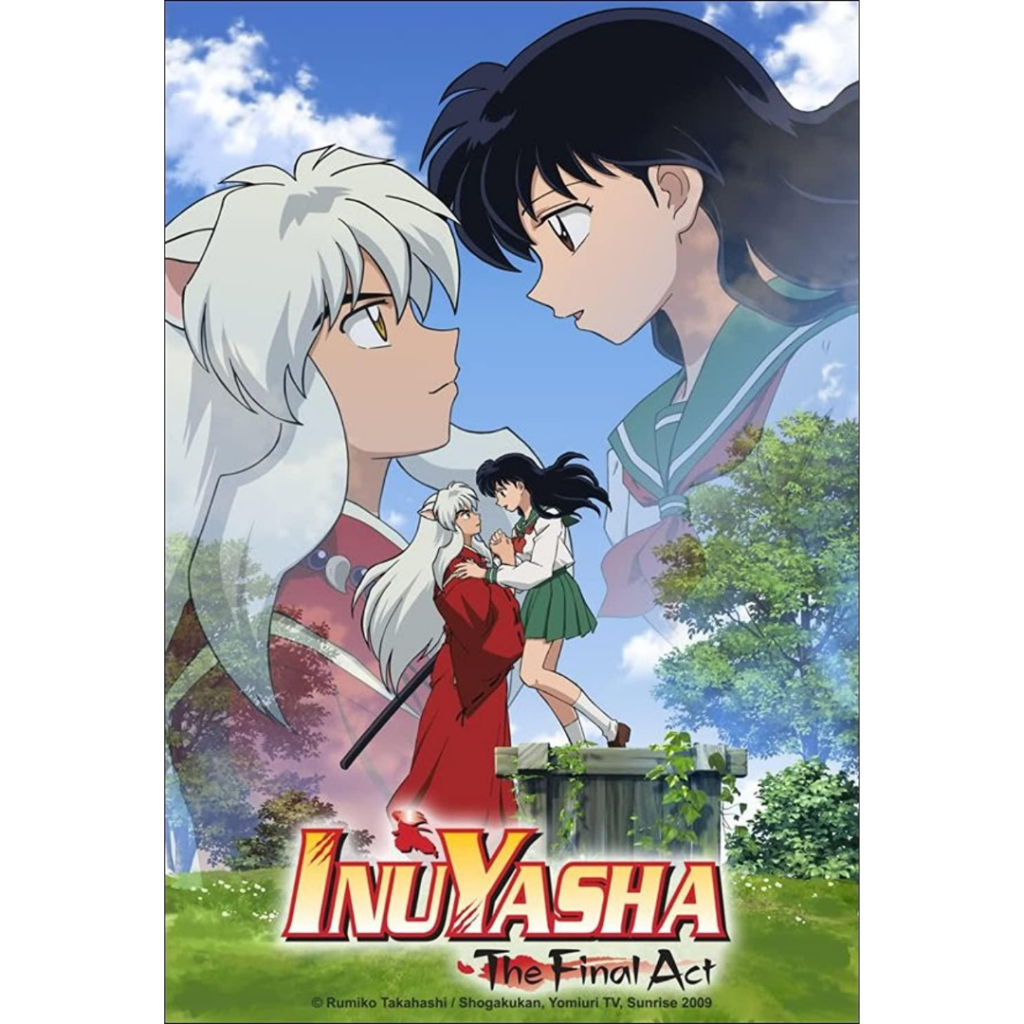
When Neon Genesis Evangelion first aired in 1995, it didn’t just challenge the mecha genre it shattered it, leaving behind a trail of psychological debris, religious symbolism, and existential dread that still haunts anime today. Created by Hideaki Anno during a period of personal depression, Evangelion is less about giant robots fighting monsters (Angels) and more about the frailty of the human psyche, the terror of connection, and the pain of existence.
The Plot: A Deceptive Surface
On paper, Evangelion follows Shinji Ikari, a 14 year old boy recruited by his estranged father, Gendo, to pilot the biomechanical Evangelion Unit-01 and defend Tokyo-3 from apocalyptic beings called Angels. Alongside fellow pilots Rei Ayanami (emotionally detached) and Asuka Langley Soryu (fiery but fractured), Shinji battles not just monsters, but his own crippling self-worth, parental abandonment, and the crushing weight of expectation.
But as the series progresses, the real enemy becomes clear: the human mind. The Angels’ attacks grow increasingly surreal (a floating geometric shape, a virus that infects software), and the line between pilot and machine blurs literally. The Evas themselves are revealed to be as much prisons as weapons, mirroring the characters’ emotional isolation.
By the infamous final episodes (25 & 26), the show abandons action entirely for a psychedelic dive into Shinji’s psyche, culminating in the End of Evangelion film’s harrowing climax.
Themes: The Hedgehog’s Dilemma
Evangelion’s genius lies in its psychological brutality:
The Fear of Connection: Shinji’s central struggle “If I open myself to others, I’ll be hurt” is the Hedgehog’s Dilemma made manifest. Every character pushes others away to avoid pain (Rei through apathy, Asuka through aggression, Gendo through manipulation).
Instrumentality: The show’s climax proposes a terrifying “solution” to loneliness: erasing individual selves to merge humanity into one painless collective. Is this salvation or annihilation?
Religious Symbolism: Kabbalah, Christian iconography, and Freudian theory are tossed in like grenades not for depth, but to overwhelm, forcing viewers to grapple with meaninglessness.
Characters: Broken Mirrors
Shinji Ikari: Anime’s most human protagonist not a hero, but a boy who “mustn’t run away” yet constantly does. His journey from passive victim to “I hate myself… but maybe I can learn to live” is devastating.
Rei Ayanami: A ghost in human skin, questioning if she has a “self” at all. Her clone revelations and quiet bond with Shinji are haunting.
Asuka Langley Soryu: A facade of arrogance masking bottomless trauma. Her mental breakdown (“Don’t leave me alone!”) is one of anime’s most raw moments.
Gendo Ikari: The ultimate failed father, sacrificing humanity to “see Yui again” a villain motivated by grief, not power.
Animation & Sound: Beauty in Collapse
Shinji Ikari: Anime’s most human protagonist not a hero, but a boy who “mustn’t run away” yet constantly does. His journey from passive victim to “I hate myself… but maybe I can learn to live” is devastating.
Rei Ayanami: A ghost in human skin, questioning if she has a “self” at all. Her clone revelations and quiet bond with Shinji are haunting.
Asuka Langley Soryu: A facade of arrogance masking bottomless trauma. Her mental breakdown (“Don’t leave me alone!”) is one of anime’s most raw moments.
Gendo Ikari: The ultimate failed father, sacrificing humanity to “see Yui again” a villain motivated by grief, not power.
Animation & Sound: Beauty in Collapse
Visuals: Early episodes are crisp, but budget constraints later warp the art into expressionist nightmares (see: Asuka’s final fight, drawn in rough pencil sketches). The End of Evangelion’s grotesque imagery (giant Rei heads, Lilith’s corpse) is unforgettable.
Music: Shiro Sagisu’s score swings between orchestral grandeur (“Decisive Battle”) and eerie choral chants (“Thanatos”). The OP (“Cruel Angel’s Thesis”) is iconic for a reason.
Legacy: The Bomb That Never Stopped Exploding
Evangelion changed anime forever:
Psychological Depth: Paved the way for Madoka Magica, Serial Experiments Lain, and Paranoia Agent.
Deconstruction: Mocked mecha tropes (“Get in the robot, Shinji” became a meme because he refused).
Fandom Rifts: The original ending’s abstract therapy session split audiences until End of Evangelion delivered a brutal, ambiguous finale.
Even today, its Rebuild films (2007-2021) retell the story with new twists, proving Eva is never truly over.
Flaws (If You Can Call Them That)
Pacing: Early monster of the week episodes feel slow until the psychological rot sets in.
Obfuscation: Some symbolism exists purely to disturb, not clarify (see: Kaworu’s bizarre homoeroticism).
Finale Verdict: This isn’t entertainment, it’s an ordeal
★★★★★ (5/5)
Neon Genesis Evangelion is not just anime it’s a cultural reckoning. A masterpiece that demands engagement, inflicts pain, and rewards those brave enough to ask: “What does it mean to exist?”
Best For: Fans of psychological horror, philosophy, or stories that hurt.
Skip If: You want escapism or tidy endings.


